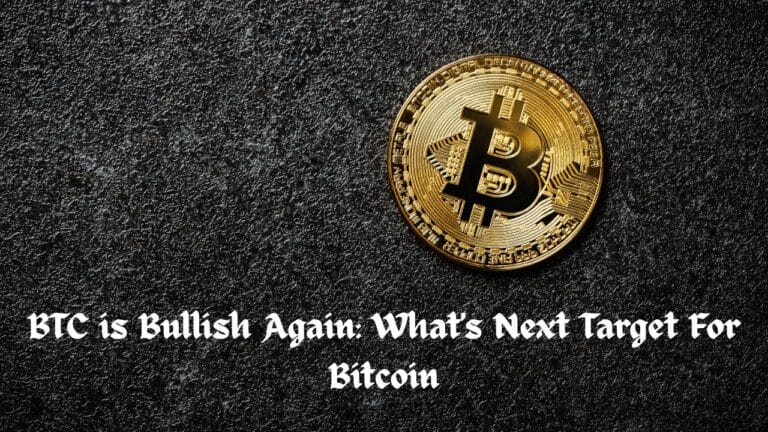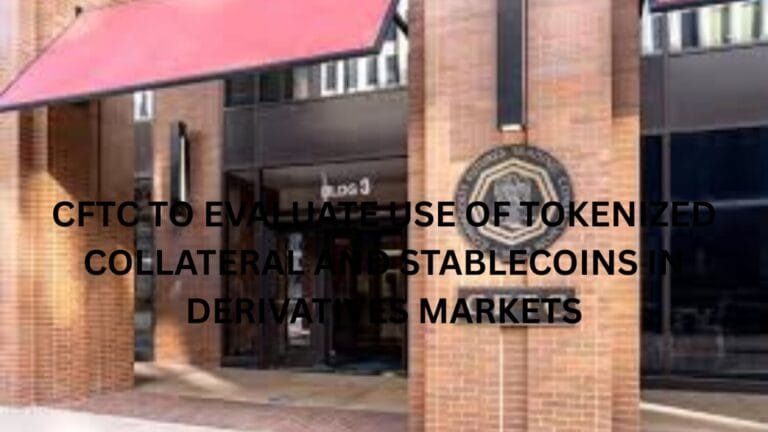Key Takeaways
- Coinbase to restrict services for stablecoins that fail to meet MiCA’s requirements by December 30, 2024
- Coinbase states the European Economic Area (EEA) users will be offered conversion options to compliant stablecoins,
Leading crypto exchange Coinbase will remove stablecoins that do not comply with the European Union’s Markets in Crypto-Assets (MiCA) regulation for users in the European Economic Area (EEA) by December 30, 2024.
In an October 4 statement, Coinbase confirmed its commitment to adhering to MiCA’s regulations: “We will restrict services for stablecoins that fail to meet MiCA’s requirements by December 30, 2024,” stated Coinbase. The company plans to provide more details in November, offering a transition plan for EEA users that includes conversion options to compliant stablecoins like Circle’s USD Coin (USDC) and EURC.
The exchange stated that European Economic Area (EEA) users will be offered conversion options to compliant stablecoins, including Circle’s USD Coin in the upcoming months.
This decision comes shortly after Circle, the firm behind the USD coin became the first global stablecoin issuer to meet MiCA’s requirements, securing an e-money license in the EU. Earlier this year, the firm announced its Euro-backed stablecoin, EURC, which is adapting to the new MiCA framework. Circle’s CEO, Jeremy Allaire, announced in July that the company’s stablecoins, USDC and EURC, would be fully compliant under MiCA regulations.
The MiCA framework, designed to create a standardized approach to digital assets across the EU, requires stablecoin issuers to secure an e-money license in at least one member state. The regulation, set to take full effect by January 2025, is part of a broader digital finance initiative aimed at ensuring that stablecoins, categorized as either electronic money tokens (EMTs) or asset-referenced tokens (ARTs).
Apart from banning algorithmic stablecoins, EMTs have to meet stricter reserve and operational standards such as a daily transaction volume limit of $200 million for payments. The regulations also require fiat-backed stablecoins to be backed by a 1:1 ratio of liquid reserve and issuers to create as well as maintain a reserve of assets held in custody by a third party isolated from other assets
Other crypto exchanges, including Bitstamp and OKX, have already started removing non-compliant stablecoins in preparation for MiCA’s full enforcement. In June, Bitstamp announced that it won’t list any new EMTs that don’t meet MiCA requirements, and will not engage in any marketing of them.
As competition in the stablecoin market intensifies, new entrants like Robinhood and Revolut are exploring their own stablecoin offerings to challenge industry leaders such as Tether and Circle.










